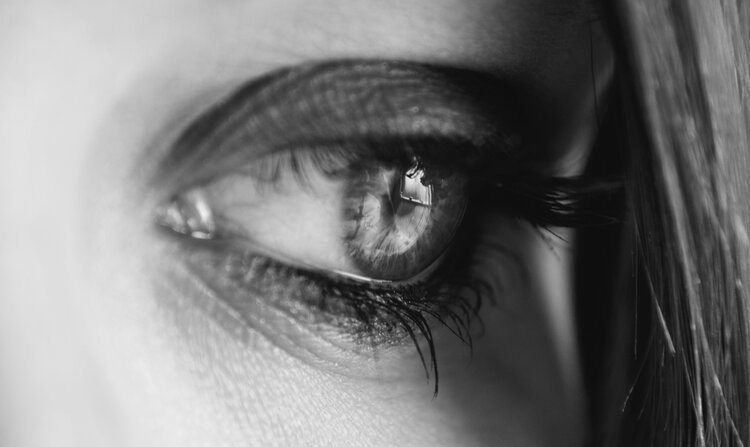
2 minute read | June 26, 2020
Why Transparency is at the heart of VIOOH
Written By: Jean-Christophe Conti
At the moment, it feels like there isn’t a week that goes by without a press article about transparency in media. For many years, questions have been raised by advertisers and the industry press around the distribution of media budgets in the programmatic supply chain, and even as recent as last year, the ANA survey reported that trust and transparency remained a key issue for many advertisers. However, despite the pressure and perhaps due to the complexity of the process and the number (and in some cases, relative importance) of players involved, the issue usually didn’t progress beyond a “tick-box” question asking exercise, without any deep levels of scrutiny.
Recently ISBA and PWC released their Programmatic Supply Chain Transparency report, focusing on the programmatic display supply chain, a report that was 2-years in the making due to the complexity of the process. Much has been written in the industry press about the report, and one of the key outcomes of the study was that it brought visibility to the distribution of the media budget through fees to different suppliers in the chain, including the average percentages paid to demand and supply side technology partners.
Subsequently, Google have published two blog posts regarding the fees they charge to advertisers via their DSP DV360, and the fees they take from publishers via their publisher ad platform Google Ad Manager. This is the first time that Google has publicly shared their fee structures, and brings a level of transparency that has been missing up to now from one of the largest players in the industry.
Transparency is, and always has been, VIOOH’s primary focus, and is written into our company core values. Viewability is an area that programmatic display has struggled with, typically aiming for an industry standard of 70%, which still allows for up to 30% that is potentially unaccounted for. In programmatic Out-of-Home (OOH), the very nature of OOH means that placements are fully transparent and accountable down to specific frame locations, and there is little chance of audience fraud.
When it comes to trading, whilst “double-dipping” (where one entity is taking fees from both the buy-side and the sell-side) is practiced by several of the programmatic tech players in both the wider digital ecosystem as well as some in the OOH space, VIOOH sits firmly on the sell side and only takes a revenue share from the media owner’s overall programmatic revenue generated on our platform. Our belief is that you cannot “serve two masters” without there being a conflict of interest. As such, we do not charge any commission fees to the buy-side, meaning that 100% of the advertising budget that VIOOH sees goes towards buying media.
The positive outcomes from both the ISBA report and the Google blogs are that they give a good indication of the direction in which the digital media industry is moving, one where transparency is at the core of the supply chain. Focusing on “transparency by design” will enable advertisers to easily audit across the supply chain if they want to, and will be one way to continue to give confidence to advertisers investing in programmatic OOH. Whilst still relatively young, programmatic OOH now has the opportunity to learn from the mistakes made in the wider programmatic industry, by being transparent around who is charged what, and for which service. Aligning with only one side and not double-dipping is, we believe, the best way to inspire trust and confidence in this emerging channel, and to grow the market overall.
Other posts you might be interested in
View All PostsSign up to receive our newsletter
Stay in the loop and find out what's happening in the world of digital OOH.
